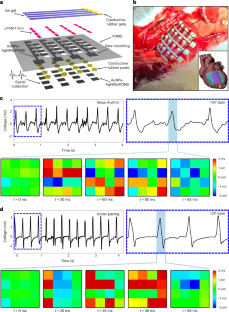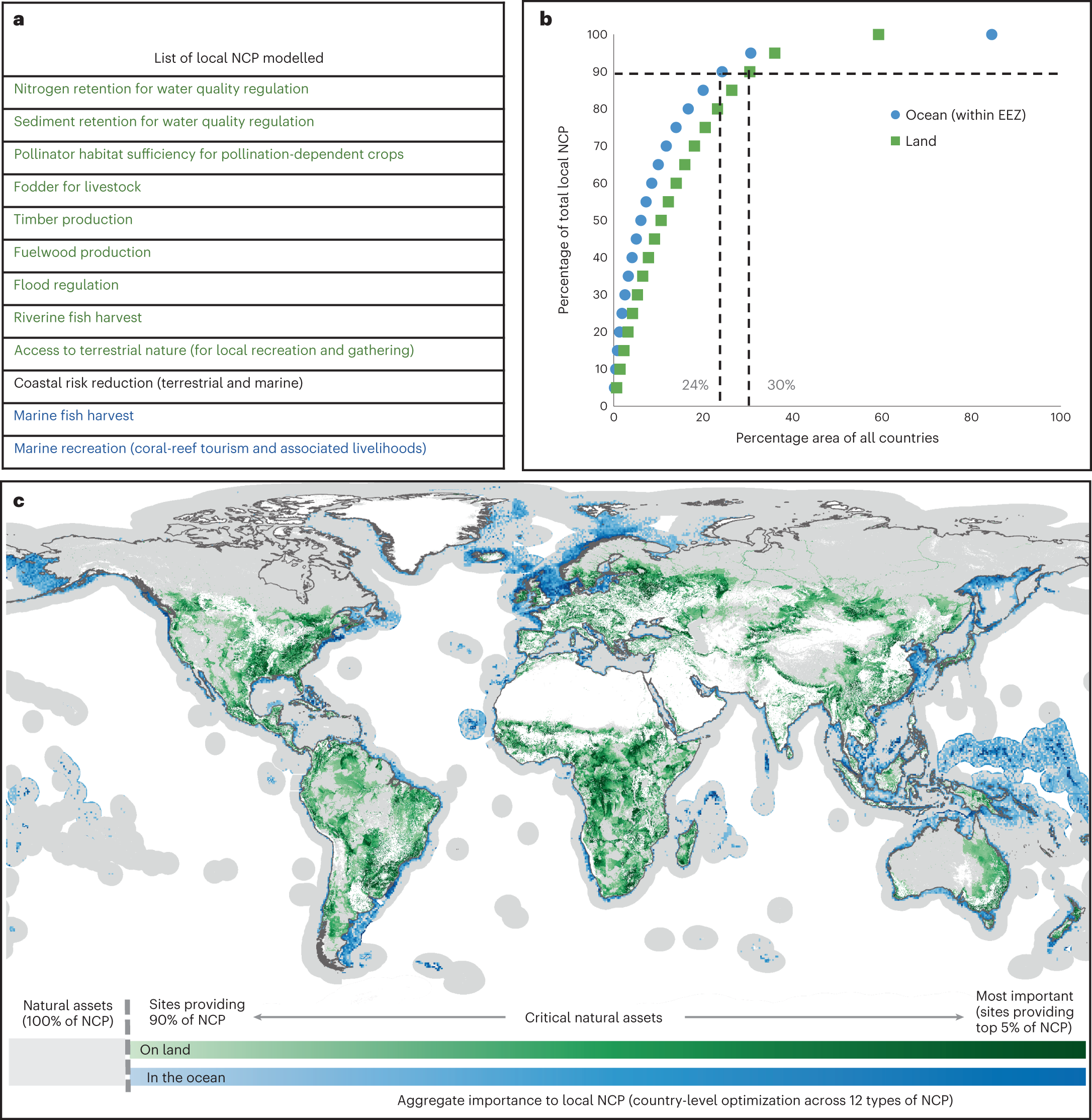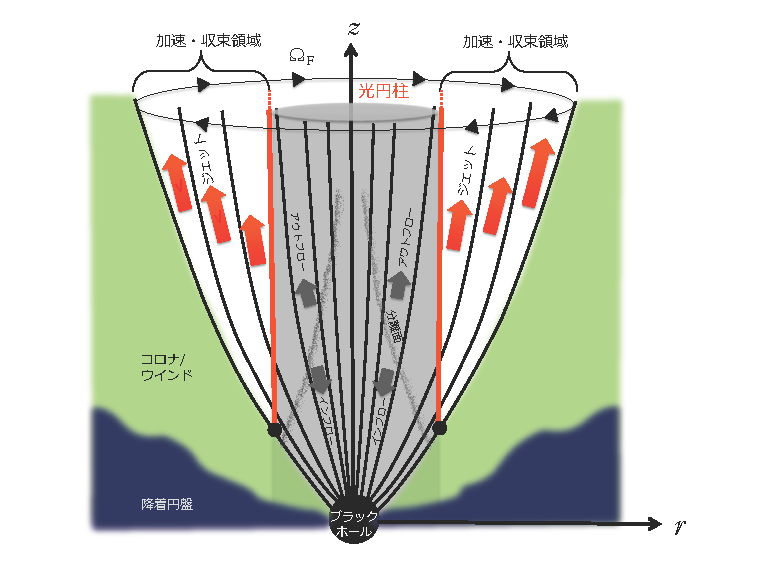2022-11-29 ペンシルベニア州立大学(PennState)
このプロセスは、横方向相分離誘導型マイクロメッシュ(LPSM)戦略として知られ、半導体とエラストマー(ゴム)を混合し、液体混合前駆体をスピンコーティングしてゴム状の半導体薄膜を作製するものである。スピンコートされた膜は、横方向相分離と呼ばれるメカニズムを自動的に引き起こし、数秒以内にマイクロメッシュ構造を生成する。
研究者らは、LPSM法を用いて、p型半導体とn型半導体を作製した。p型半導体は正孔、n型半導体は電子が主な電荷キャリアとなる。この2つの半導体を用いて、トランジスタ、インバーター、光検出器など、機能を維持したまま大きく伸びるソフト電子デバイスを作製した。さらに、心外膜パッチと呼ばれるゴム状の生体電子デバイスを作成し、ネズミに埋め込んだ。
心臓の複数の部位で記録することは、不整脈などの心臓の問題を特定するために重要です。
今後、研究者達は、LPSMプロセスをさらに最適化し、半導体材料の詳細な特性を調査することを望んでいると、Yu氏は言っています。また、このLPSM半導体薄膜をさまざまな高性能集積エレクトロニクスや機能システムに応用することも計画している。
<関連情報>
- https://www.psu.edu/news/research/story/new-method-can-scale-simplify-manufacture-stretchy-semiconductors/
- https://www.nature.com/articles/s41928-022-00874-z
マイクロメッシュ構造を有するゴム状半導体膜を用いた弾性エレクトロニクス。 Elastic electronics based on micromesh-structured rubbery semiconductor films
Ying-Shi Guan, Faheem Ershad, Zhoulyu Rao, Zhifan Ke, Ernesto Curty da Costa, Qian Xiang, Yuntao Lu, Xu Wang, Jianguo Mei, Peter Vanderslice, Camila Hochman-Mendez & Cunjiang Yu
Nature Electronics (2022) Published: 28 November 2022

Abstract
The development of soft electronics that can be seamlessly integrated with biological tissue requires intrinsically stretchable rubbery semiconductors with high carrier mobilities. However, the scalable fabrication of rubbery semiconductors remains challenging, particularly using methods that are simple and reproducible. Here we report rubbery semiconductor thin films that are based on a lateral-phase-separation-induced micromesh. A two-polymer blend solution is spin coated on a substrate and forms micromesh morphologies via lateral phase separation, consisting of a continuous organic semiconductor-rich phase and an isolated elastomer-rich phase. The micromesh-structured rubbery semiconductors simultaneously provide efficient charge transport and mechanical stretchability, and by using different polymer blends, we create both p-type and n-type rubbery semiconductor films. The films are used to construct rubbery transistors, complementary inverters and bilayer heterojunction photodetectors that can function even under applied strains of up to 50%. We also create an electronic patch that has a transistor active matrix fully made of rubbery materials and can be used to map the biopotentials of a rat heart.



